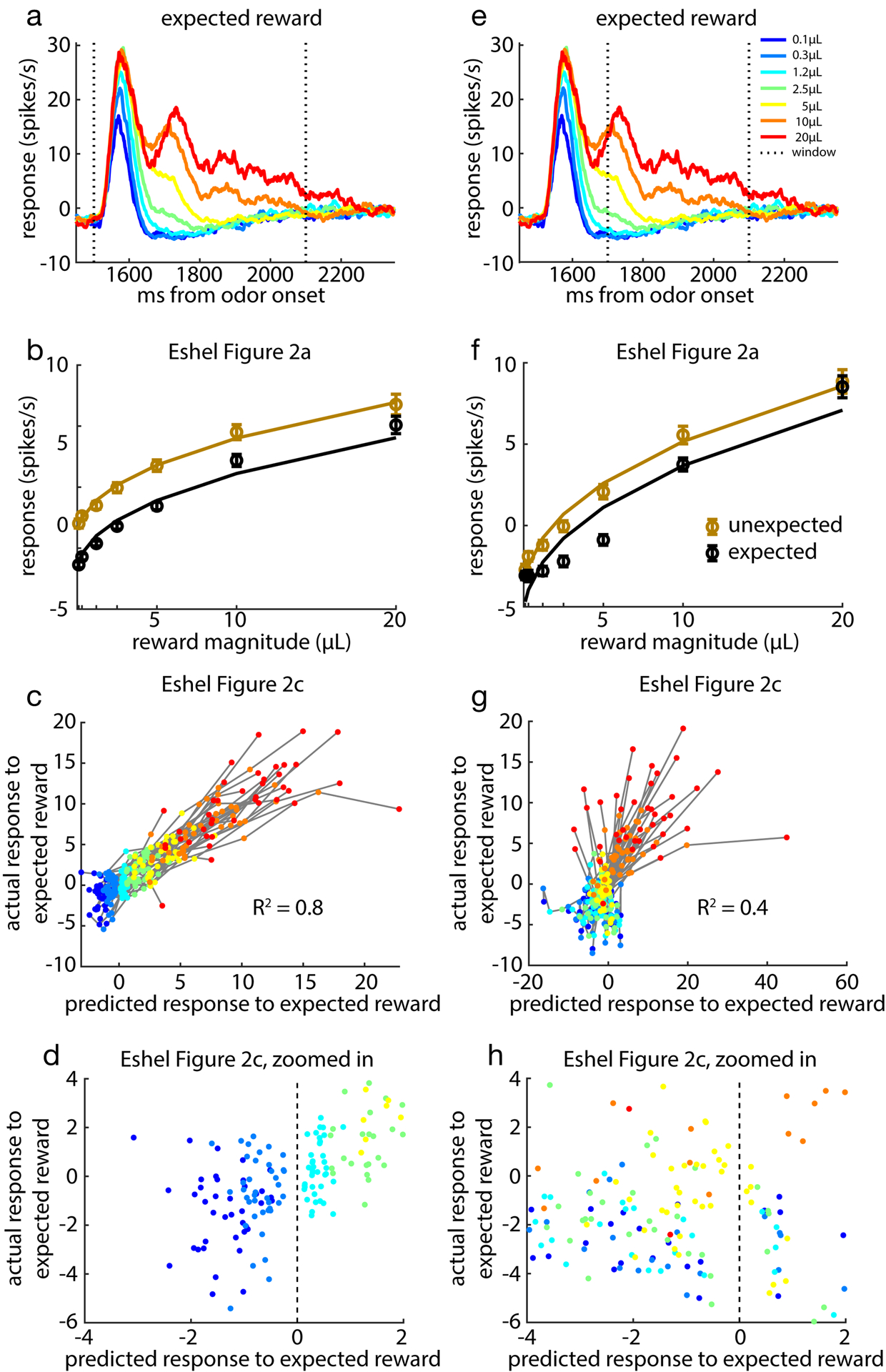Extended Data Figure 8: Further distribution decoding analysis.

This figure pertains to the variable-magnitude experiment. a-c, In the decoding shown in the main text, we constrained the support of the distribution to the range of the rewards in the task. Here, we applied the decoding analysis without constraining the output values. We find similar results, although with increased variance. d, We compare the quality of the decoded distribution against several controls. The real decoding is shown as black dots. In colored lines are reference distributions (uniform and Gaussian with the same mean and variance as the ground truth; and the ground truth mirrored). Black traces shift or scale the ground truth distribution by varying amounts. e, Nonlinear functions used to shift asymmetries, to measure degradation of decoded distribution. The normal cumulative distribution function ϕ is used to transform asymmetry τ. This is shifted by some value s and transformed back through the normal quantile function ϕ−1. Positive values s increase the value of τ and negative values decrease the value of τ. f, Decoded distributions under different shifts, s. g, Plot of shifted asymmetries for values of s used. h, Quantification of match between decoded and ground truth distribution, for each s. i-j, Same as main text Figure 5d–e, but for putative GABAergic cells rather than dopamine cells.
